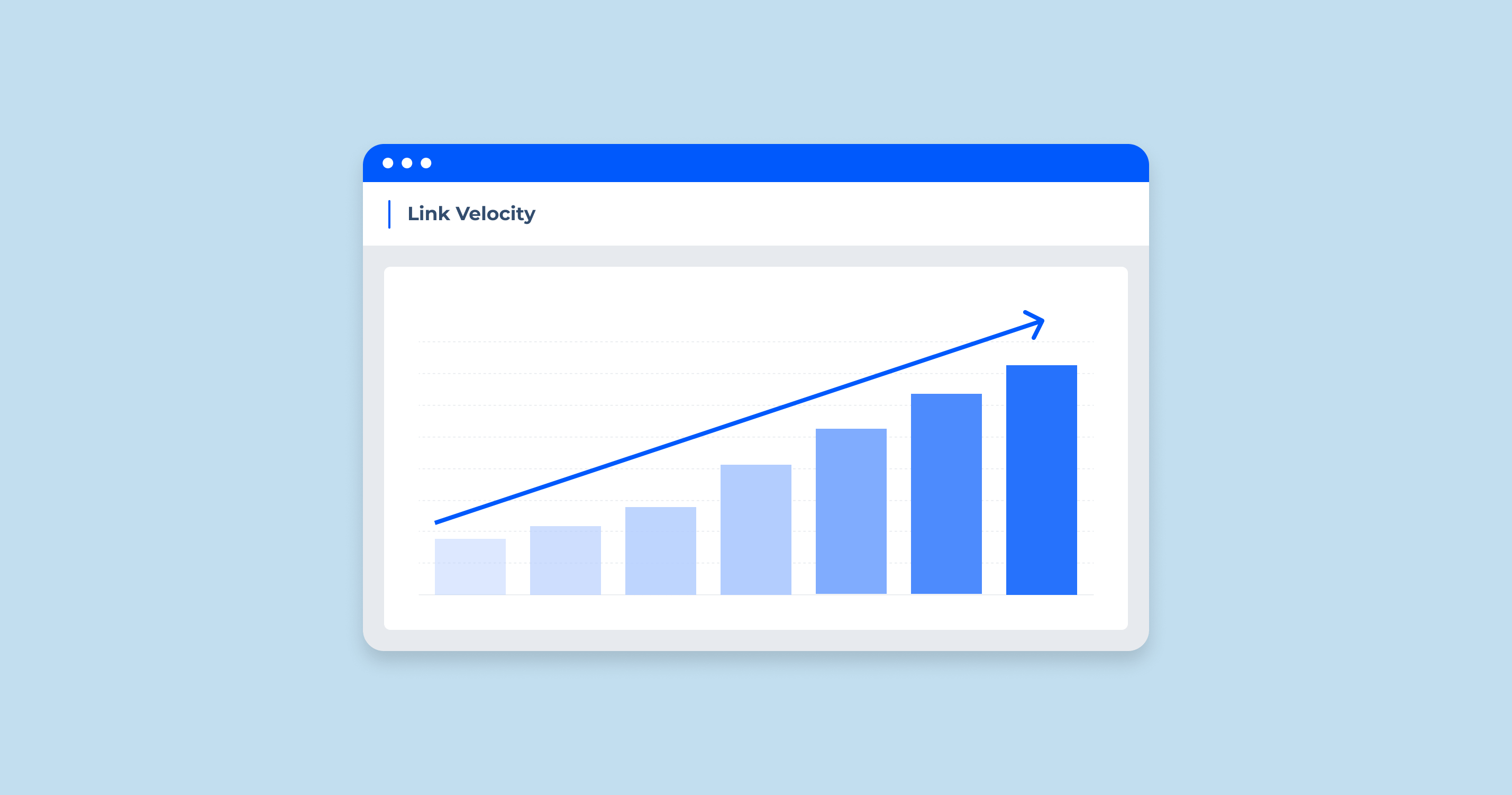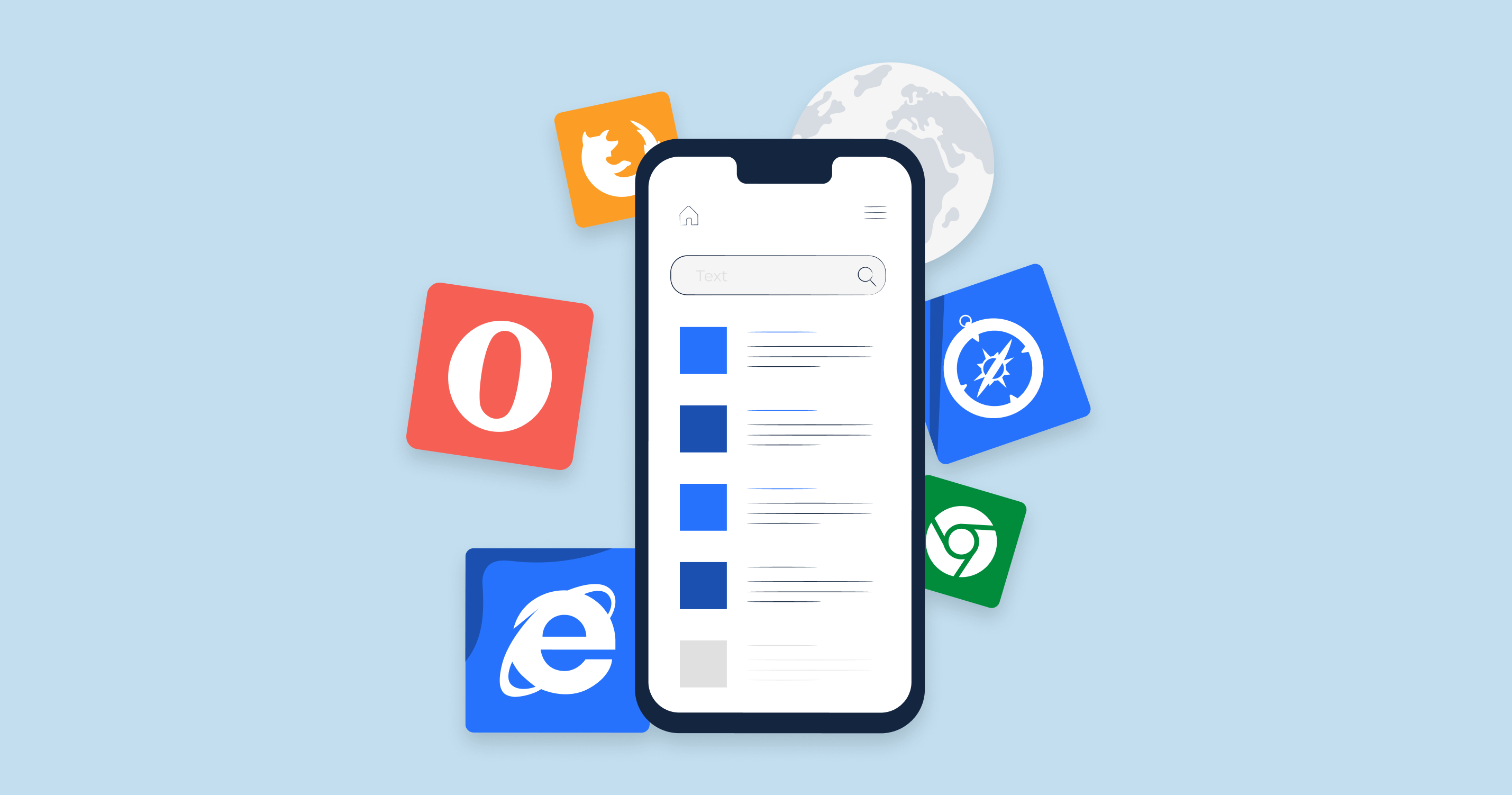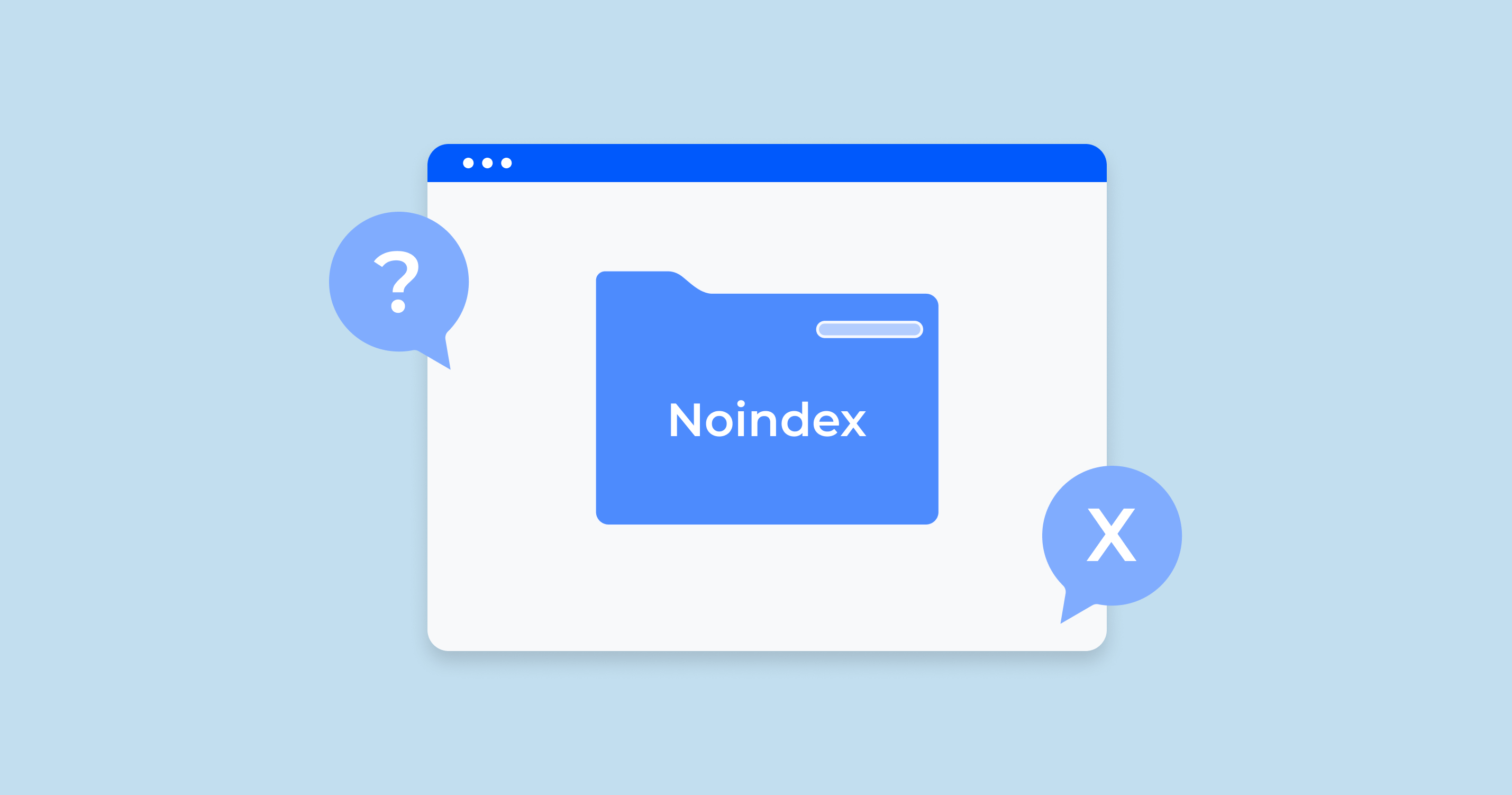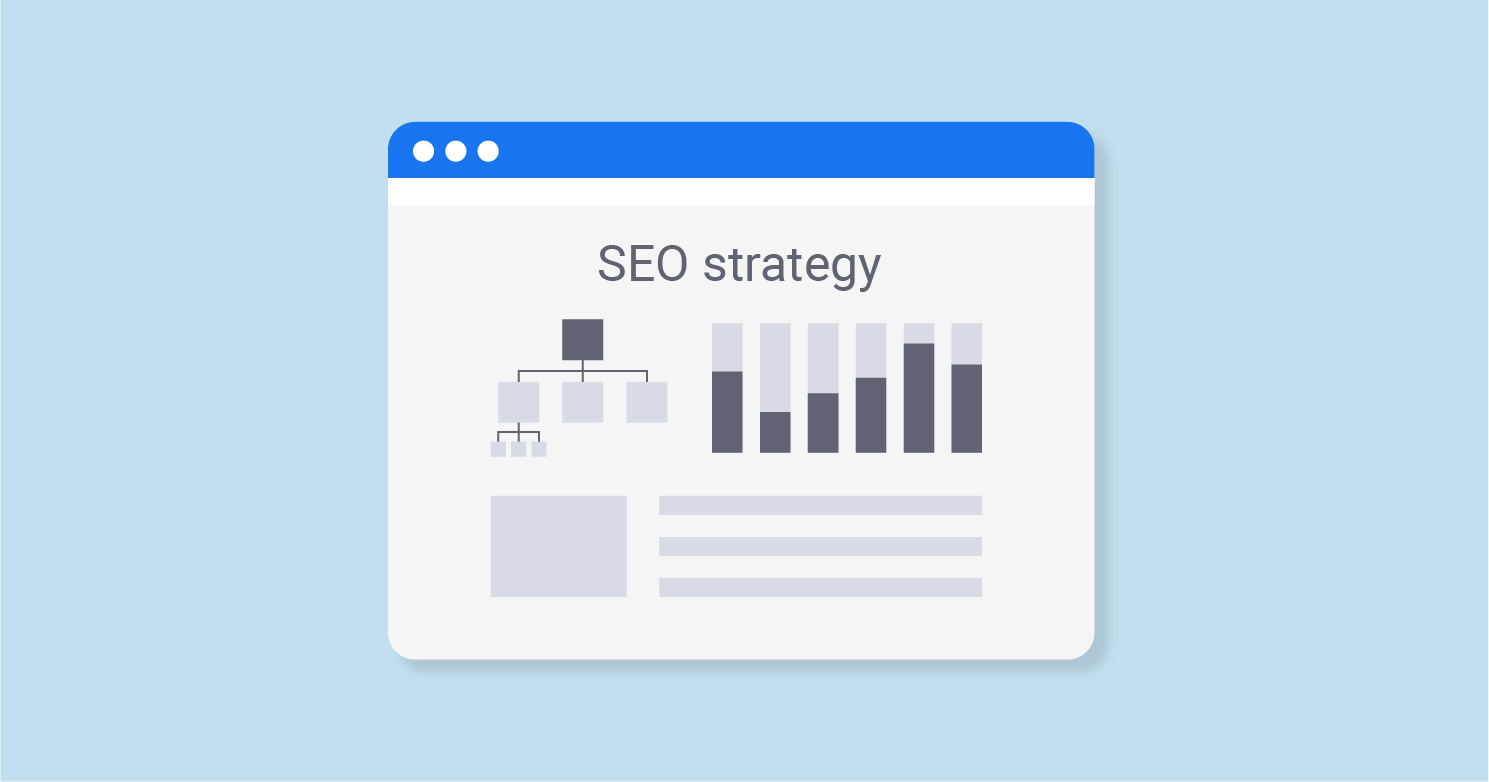Link velocity refers to the rate at which new backlinks are created for a particular website or web page over a given period of time. It is an important metric in search engine optimization (SEO) because search engines like Google use the quantity and quality of backlinks as a signal for a page’s relevance and authority on a specific topic.
A consistent link velocity can positively influence search engine rankings, as it indicates that a website is regularly generating valuable content and earning trust from other sites. However, if the velocity is too high or too low, it can negatively impact the site ranking or even lead to a penalty.
The concept of link velocity has evolved as SEO specialists and digital marketers began to analyze and understand the various factors influencing search engine rankings. As search engines like Google continually upgrade their algorithm to provide better search results, the role of backlinks in determining a site’s authority, trustworthiness, and relevance becomes more noticeable.
By observing patterns in successful websites and their backlink profiles, SEO experts realized the importance of not just the quantity and quality of backlinks, but also the rate and speed at which these backlinks were acquired. As a result, the concept of link velocity came to the forefront, helping digital marketers to better strategize their link-building efforts for improving search engine visibility.
Types of Link Velocity
In the context of SEO, the term “Link Velocity” refers to the rate at which other websites are linking to a particular website over time. It’s an important metric because search engines like Google may consider it when ranking a website in their search results.
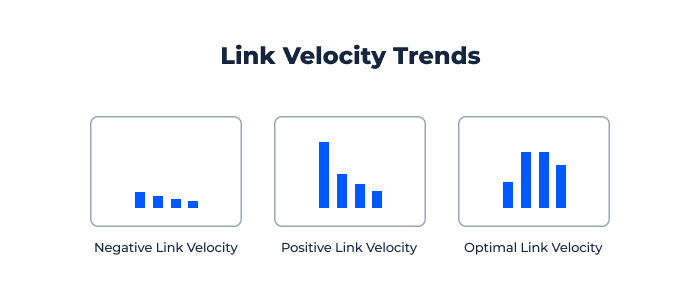
The different types of link velocity include:
- Positive Link Velocity. This means that the number of backlinks to a website is increasing over time. A positive link velocity can be a good sign, as it might suggest that the website’s content is seen as valuable or relevant. However, if the increase is too rapid and unnatural (e.g., due to a spammy link-building scheme), it might potentially lead to penalties from search engines.
- Negative Link Velocity. This is when the number of backlinks to a website is decreasing over time. A negative link velocity could potentially be a sign of problems. For example, it might mean that the website’s content is becoming less relevant, or that previously-existing links are being removed. However, some decrease in backlinks over time can also be natural and not necessarily a cause for concern.
- Optimal Link Velocity. This is a concept that refers to the “ideal” rate of gaining or losing backlinks. It’s not a fixed number, as it can depend on many factors like the age and size of the website, the industry it’s in, the type of content it has, and more. In general, an optimal link velocity is one that’s consistent and natural-looking, rather than having sudden, drastic changes. The idea is to have a balanced growth of high-quality backlinks over time.
Note: Link velocity is just one of many factors that can potentially affect a website’s search engine ranking. Others include the relevance and quality of its content, the user experience it provides, its use of keywords, and more. SEO is a complex field, and it often requires a comprehensive strategy to be effective.
Link Velocity Affects on SEO
It is essential to monitor link velocity and build links naturally by consistently creating high-quality content and engaging in ethical link-building practices. Maintaining a natural link profile can help improve your website’s rank in search engine results and contribute to long-term SEO success.
Google has not officially recognized “link velocity” as a specific ranking factor or used the term explicitly in its official documentation or guidelines. However, Google’s algorithm does take into account the number, quality, and relevance of backlinks pointing to a website or webpage, as these are essential factors for determining the authority and trustworthiness of a site.
While the concept of link velocity has been widely discussed in the SEO community, it is not explicitly recognized by Google. Instead, Google recommends focusing on creating high-quality, valuable, and relevant content that naturally attracts backlinks over time. By following ethical link-building practices and concentrating on content quality, a website can maintain a natural velocity and improve its search engine visibility.
John Mueller, a Webmaster Trends Analyst at Google, is known for addressing various SEO topics and answering questions from the webmaster community. While we couldn’t find a direct quote from John Mueller specifically mentioning “link velocity,” he has discussed the importance of building high-quality backlinks naturally and avoiding manipulative link-building practices.
John Mueller and Google, in general, emphasize the importance of focusing on creating valuable, relevant, and high-quality content to attract natural backlinks over time. As long as a website follows ethical link-building and avoids manipulative tactics, such as buying or selling links, the rate of acquiring backlinks (i.e., link velocity) should not be an issue.
Link velocity influences SEO for several reasons, including its impact on search engine algorithms, the perception of a website’s authority, and the relevance of the content.
Here’s a breakdown of how and why link velocity affects SEO
1. Search engine algorithms
Search engines like Google use the rate at which new backlinks are created as an indicator of a website’s popularity, authority, and trustworthiness. When a website has a consistent velocity, it signals to search engines that the site is continuously generating valuable content, which could lead to improved rankings in search engine results pages (SERPs).
2. Trust and authority
A website with a steady link velocity implies that it is regularly earning trust from other websites. As more sites connect with a specific web page, its authority and reliability in the eyes of search engines increase. Higher authority and trust can positively impact search engine rankings and make it more likely for a site to appear on the first page of SERPs.
3. Freshness and relevance
A consistent link velocity can also indicate that a website is consistently producing fresh, up-to-date, and relevant content. Search engines prioritize websites that provide users with the most current and valuable information. Therefore, maintaining a steady velocity can help improve a site’s ranking in search results.
4. Natural link profile
It is important to maintain a natural link profile to avoid penalties from search engines. If a website’s link velocity suddenly spikes or drops significantly, it could raise suspicion that the website is engaging in manipulative link-building practices, such as buying or selling backlinks, which can result in search engine penalties or lower rankings.
To sum up, link velocity influences SEO by impacting search engine algorithms, the perception of a website’s authority, the freshness and relevance of its content, and the site’s overall link profile. By maintaining a consistent and natural velocity, a website can improve its visibility in search results and contribute to long-term SEO success.
Check Link Velocity for a Website/Page Using SiteChecker’s Backlink Tool
Using the Backlink Checker & Tracker, you can evaluate a website or page’s link velocity. Start by visiting the tool in your web browser, then input the URL you want to examine into the search bar. After clicking “Analyze Backlinks”, you’ll receive a detailed report on the site or page’s backlinks. This includes total backlinks, unique referring domains, dofollow and nofollow backlinks, anchor texts, and referring domain URLs. To study link velocity, observe the changes in backlinks and referring domains over time.
Conclusion
Link velocity is a metric in SEO that refers to the rate at which new backlinks are created for a website or web page over a given period of time. Although not explicitly recognized by Google, it impacts SEO by influencing the search engine algorithm, the perception of a website’s authority, content freshness and relevance, and the overall link profile. Therefore, it is important to maintain a consistent and natural velocity, a website can improve its search engine ranking and contribute to long-term SEO success.
To effectively monitor and analyze link velocity, digital marketers and SEO specialists must focus on creating high-quality, relevant content that naturally attracts backlinks and engage in ethical link-building practices. Using tools like Sitechecker’s Backlink Checker & Tracker, it is possible to analyze a website or page’s backlinks and understand the changes in the total number of backlinks and unique referring domains over time. This knowledge can be a great help in planning your next link-building strategy and improving the search engine ranking.
What is positive link velocity?
How do you check link velocity?
How many links per day is safe?
Focusing on creating high-quality content that naturally attracts backlinks over time is a safer approach than trying to acquire a specific number of links per day. Additionally, it's crucial to diversify your link profile by earning backlinks from various sources, including different domains, anchor texts, and types of websites. This approach can contribute to a healthier, more natural link velocity and minimize the risk of penalties from search engines.
